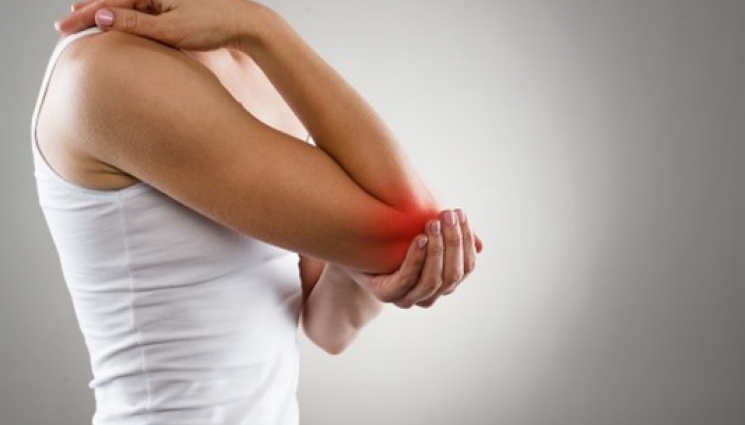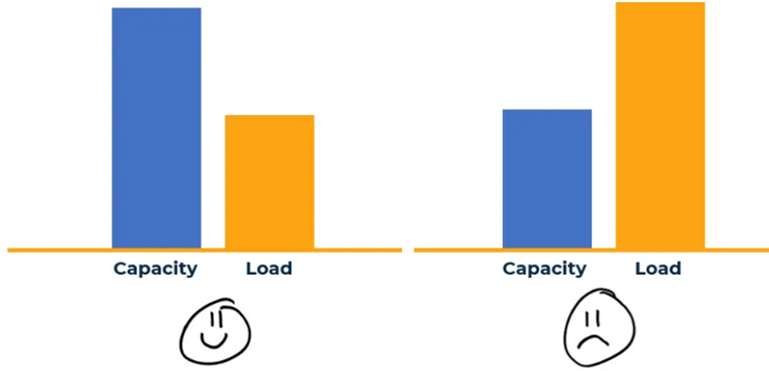
What is it?
Tennis elbow (lateral epicondylitis) and golfers elbow (medial epicondylitis) are terms used to describe pain originating from the tendons at the elbow. They are very similar conditions which present similarly just at different locations of the forearm. Tennis elbow affects the common origin of the wrist extensor tendon at the lateral epicondyle which extends the wrist and fingers while also supinating the wrist. In golfers elbow it is the common wrist flexor tendon at the medial epicondyle.
Signs and symptoms

-
Pain on the outside (tennis) or inside (golfers) of the elbow, which may travel down the forearm.
-
Possible swelling0.
-
Pain with stretching the wrist
-
Pain with gripping small objects when twisting your forearm, such as turning a door handle or opening a jar.
-
Pain and stiffness when fully extending your arm.
Who does it affect?
Despite the names of golfers and tennis elbow - squash, badminton, baseball, swimming and field throwing events. Despite this, people with repetitive one-sided movements in their jobs are in fact at most risk such as electricians, carpenters, gardeners, desk bound jobs also commonly present with these conditions. However most commonly it is after someone does a lot of something they don’t usually do.
Why do you get elbow tendon pain?

Simply put you will get elbow tendon pain following doing too much too soon! For example you decided that you want to start going to the gym and so you start lifting weights every day. Or else you are a new tennis or golf player wanting to improve fast and so you start practicing daily after work. Another common history is that you have taken a week off work to take care of some projects around the house. If the intensity, volume and frequency of the loading exceeds the capacity of the tendon to recover and adapt to the loading then elbow tendinopathy may occur.
Rehabilitation and physiotherapy
- Activity modification and load management – usually temporarily avoiding/reducing activities which has led to your symptoms such as gripping actions, certain sports etc
- Graded exposure to load of the wrist extensors/flexors within a tolerable level of pain. - During exercise, after exercise AND the day after exercise. See a physio for more specific rehab.
- Bracing – Examples such as an elbow sleeve or counterforce strap can sometimes help when it is essential to do the task such as in sport or work. However this is a temporary measure
- Shockwave therapy (alongside exercise)
- Time - 90% of patient’s symptoms will improve within 1 year.
- Steroid injections – Should only be trialled for essential short term relief.
- Adjunct treatments – low cost and low risk adjuncts such as massage and icing could be used if desired however should not be the focus of rehab.
